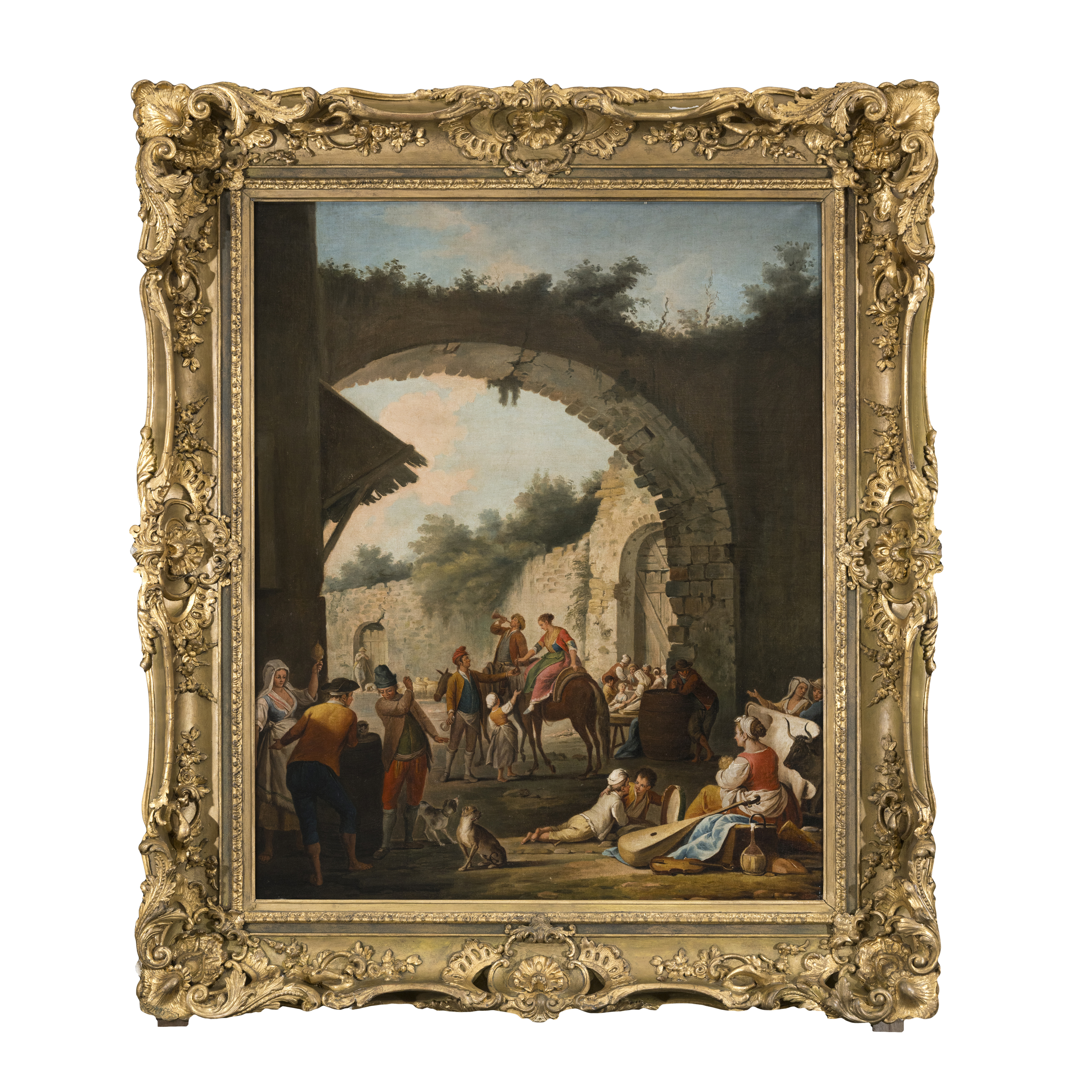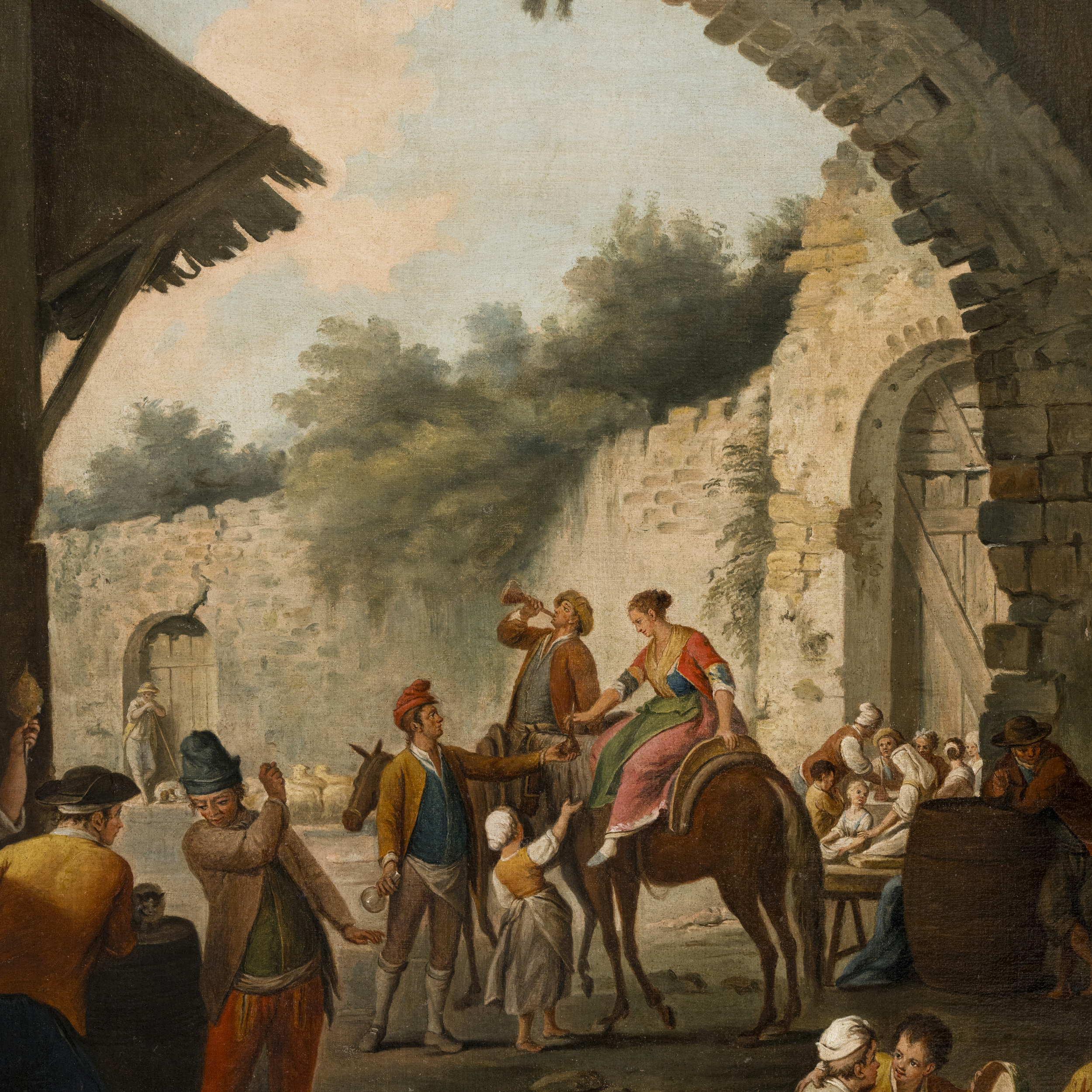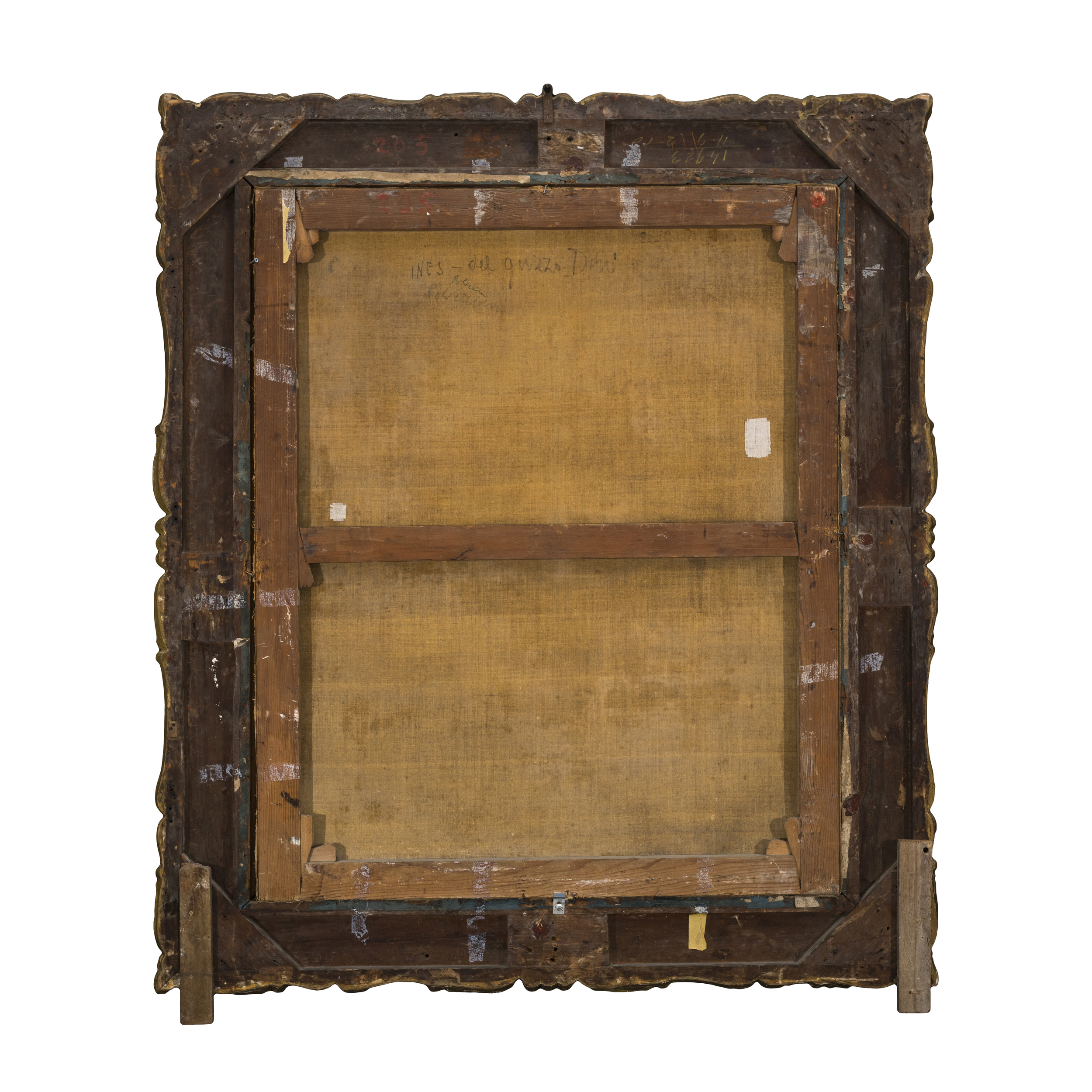72
Pietro Fabris (documentato a Napoli dal 1756 -1792)
From a Roman apartment and other commission
Sale Date(s)
Venue Address
For Lucas Aste delivery information please telephone +39 0286882236.
Important Information
.
Terms & Conditions
Buyer's Premium: 27.00% (taxes included)
Lots Purchased online with the-saleroom.com will attract an additional charge for this service in the sum of 3% of the hammer price plus VAT at the rateImposed
PLEASE NOTE 22.00% BP ITALIAN INCLUDES TAXES EVERY CLIENT HAS TO PAY. In case you do pay with Credit Card or PayPal please note we'lladd 3.0% on top of your total invoice.
1) Lots are offered for sale in public places by Lucas SRLs, which acts as an agent exclusively in its own name and on behalf of each seller under 'art.1704 Code Civ., The Lucas S.r.l. assumes in relation to the contractor or third parties other responsibilities in addition to the obligation arising from its role as agent.
2) Items are sold to the highest bidder, the auctioneer conducts the auction starting with the offer which it considers appropriate, depending on the value of the lot and competing offers. The auctioneer may bid on behalf of the seller up to the reserve price.
3) be preceded by the auction exhibition of objects, during which the Auctioneer or its representatives will be at your disposal for any clarification. After the award, he Lucas S.r.l. sellers will be liable for defects related to the state of preservation, to the erroneous attribution, authenticity, provenance, weight, or lack of quality of the items. Neither Lucas S.r.l.s. nor its personnel shall Lucas S.r.l. may issue any guarantee to that effect, except as provided by law.
4) The Lucas S.r.l. in the role of the auctioneer reserves the right to withdraw, divide or combine lots and possibly change the order of sale.
5) In order to improve the procedures Auction all interested parties to participate in the tender are required to register and obtain absentee bids prior to the auction. All prospective buyers are kindly requested to bring along a photo ID. E 'possible to pre-register in the days of exposure to the start of the auction.
6) On the hammer price auction fees are 27% VAT included.
7) The Lucas S.r.l.s. can accept mandates for the purchase (written or telephone bids) making bids by the auctioneer, in competition with the publicparticipating in the auction. In the case of two written bids for the same lot, the same will be awarded to the bidder whose bid was received first.
8) The export from the territory of the Italian Republic a lot, especially for works more than fifty years, is subject to the rules contained in Law Article 490 of29/10/99. 65-72. The issuing of certificates relating to freedom of movement are charged tothe. The failure to issue or delay in issuing any license does not constitute grounds for termination or cancellation of the sale, nor does it justify the delay in payment by the buyer of the total amount due.
9) This Regulation is tacitly accepted by those participating in this auction.
10) These "General Conditions of Sale" are governed by Italian law. Any dispute will be responsible to the Court of Milan.
11) Payments and withdrawals transport.
The payment of the lots must be paid immediately after the auction or in any case not later than the date itself gg.10 working.
They will accept the following forms of payment:
a) Cheque account or bank draft payable to the Lucas SRL
b) Bank Transfer.
c) Credit card or ATM card.
d) Payment for cash up to an amount of Euro 999,00.
I purchased lots will be available to customers for collection at the venue of the auction sale. The successful tenderer will have to withdraw their lots at his own risk and expense within 10 working days.
The Lucas S.r.l.s. if required, with the appropriate form available in the "Forms", will ship with specialized carriers and related expenses will be borne by the buyer, unless otherwise agreed in writing by Lucas accepted SRL.
12) Right of Action:
With Legislative Decree 118 of 13/2/2006 is in force since April 9, 2006 in Italy the "Right of Action" that is, the right of the author (living or deceased for less than 70 years) of works of arts and manuscripts should receive a percentage of the sale price of the originals of their works during the subsequent sales. This right shall be borne by the seller and will be calculated on the hammer price greater than or equal to € 3,000.00. This right may not exceed €12,500.00 per lot. The fee is payable for each lot is so determined:
- 4% for the portion of the sale price up to 50,000.00
- 3% for the portion of the sale price of between 200,000 and 50.000.01 €
- 1% between 350,000 and 200,000.01 Euros
- 0.50% between 500,000 and 350,000.01
- 0.25% over the 500,000 euro
- The compensation charged to the seller will be paid by Lucas Srl
Exporting goods from the Italian Republic is subject to the norms contained in DL. No 29110/99. 490 (article. 65-72). Obtaining certificates of release tofree circulation cargo is the responsibility of the purchaser. Lack of, or a delayed release of, any license, even if two notifications to the State fromoccurring after a sale, does not Constitute cancellation of the sale, nor does it justify delayed payment for goods or payment for less than the total amounttwo .








.png)






